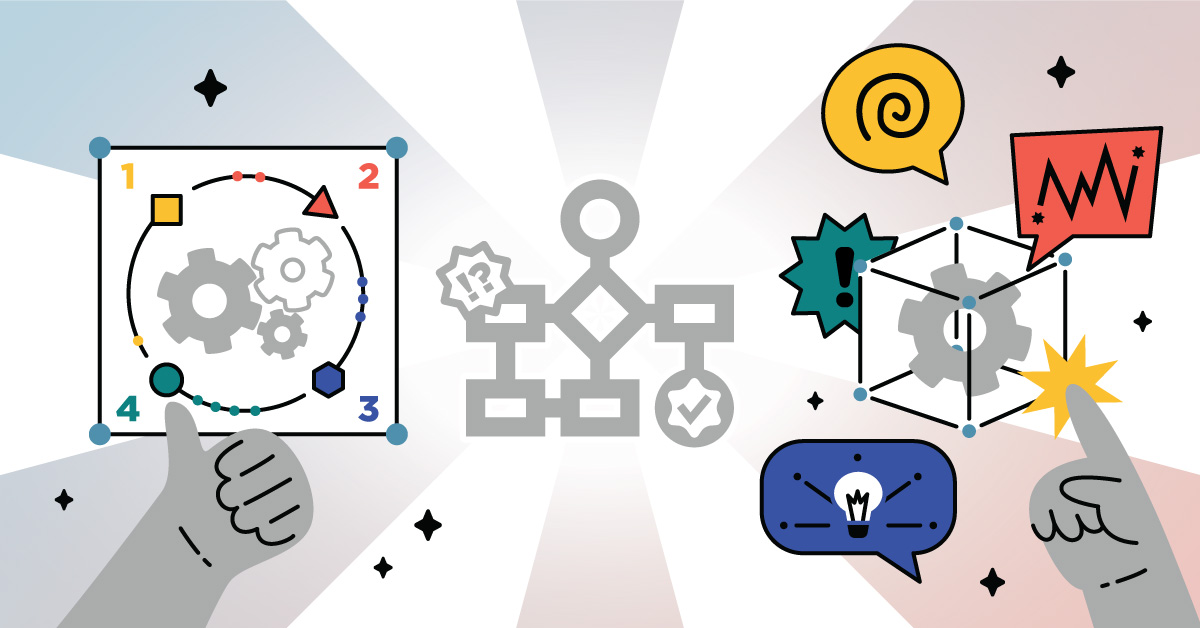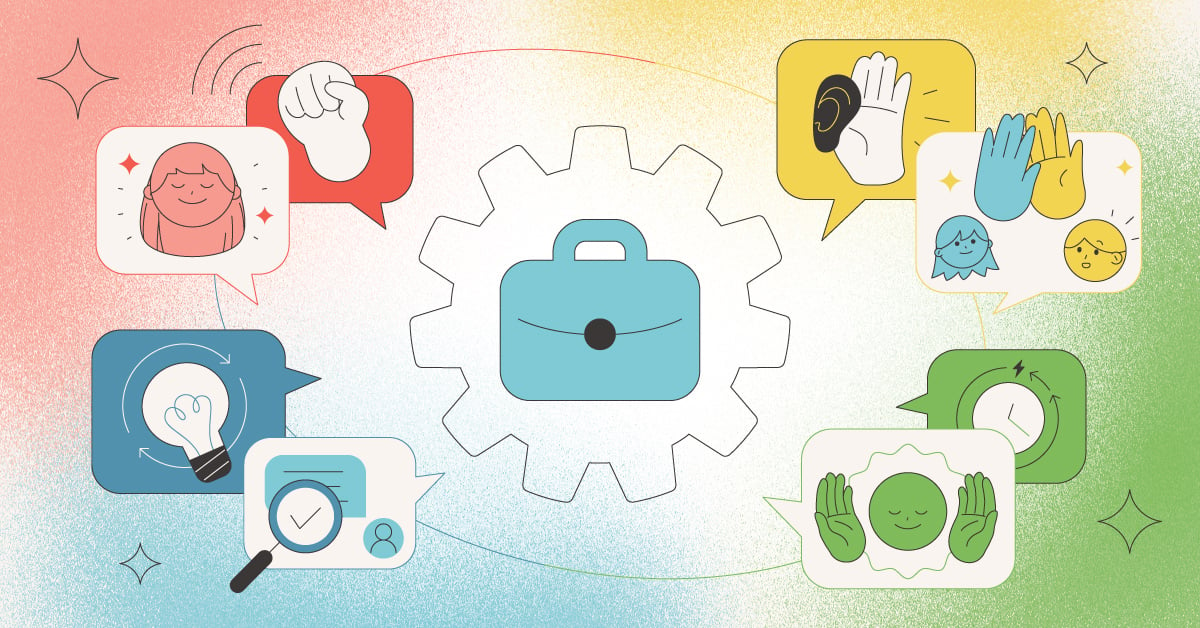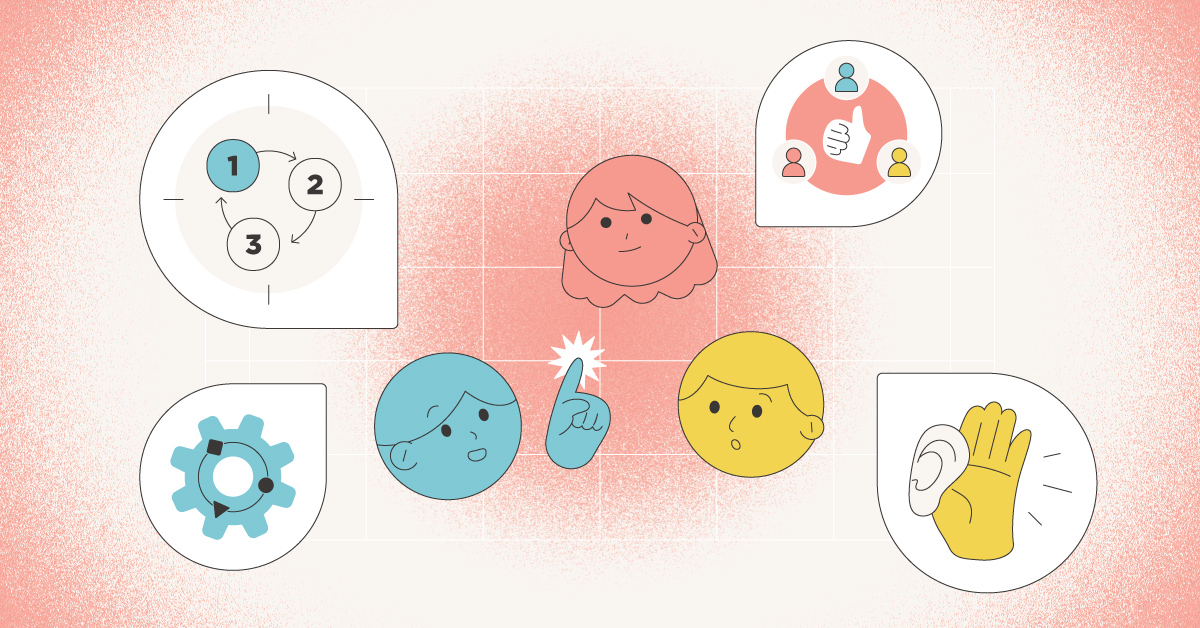
What Is The 12 Driving Forces Assessment?
Making sure your team is using the right kind of skill assessment to improve motivation, engagement, and productivity is a smart move for organizations. If you want to explore motivation and what drives your team, you need to dive into The 12 Driving Forces.
The 12 Driving Forces is an assessment that measures why a person does what they do. It measures the motivation (and strength) behind behaviors, using 6 different motivators.
Those motivators are...
- Knowledge
- Utility
- Surroundings
- Others
- Power
- Methodologies
These 6 motivators are each divided into two distinct sides, measuring each factor. Based on a continuum, these 12 drivers make up a person’s cluster of Driving Forces.
Read more about the basics of The 12 Driving Forces here.
How is Methodologies Defined in The 12 Driving Forces?
The focus of the Traditional motivator continuum is methodologies, which refers to how individuals locate meaningful and defined systems that align with their personal beliefs and values. It addresses how individuals view structures and traditions, and what kind of approaches they prefer to take.
The two ends of this continuum are Structured and Receptive. These two drivers can be a little tricky to understand, so let’s dive into exactly what Structured and Receptive mean.
What Does Structured Mean in The 12 Driving Forces?
Structured people are driven by traditional approaches and proven methods. They abide by a defined system of living. They prefer to show their work and want you to do the same; don’t ask them to do something without explaining the structure and your reasoning behind it!
People with a Structured driver seek consistency and place a high value on working within a defined system. If you don’t have an established system in place to safeguard processes and people, Structured individuals are going to have a problem.
The good news is that people with a Structured driver will help you look for a solution to that problem. They thrive when contributing to building a defined system and approach, so make sure you utilize their ability to do so.
What Do Structured People Need in the Workplace?
Structured people work best in an environment that provides established methods and processes; it’s even better if those processes have been proven over time. Being able to ‘plug and play’ into a process provides them with the confidence and stability they need to fully engage in their work.
People with a Structured driver also thrive in workplaces with established and lived values. They want to know what they’re working for and who they’re working with, so they can determine if those organizational values line up with their own.
Finally, Structured people will thrive in an environment that explains changes. Shifts in processes and procedures are necessary in any organization, and while Structured people prefer to know exactly what they’re working with, that doesn’t mean they’re inflexible! Explain the reasoning behind the new approach and demonstrate how valuable it will be across your entire team; people with a Structured driver can become your biggest advocates!
What Does Receptive Mean in The 12 Driving Forces?

On the other side of the spectrum, we have the Receptive driver. Receptive people are driven by new ideas, methods, and opportunities that fall outside a defined system of living.
People with a Receptive driver are always looking for new ways to accomplish routine tasks and like to set their own path to guide and direct their actions. They tend to get creative when interpreting systems and will adopt aspects of them if they see a benefit.
If you tell a Receptive person, “This is the way we’ve always done it!” without solid reasoning to back up that decision, get ready for pushback. Receptive people are all about out-of-the-box thinking, gathering new ideas, and exploring possibilities.
What Do Receptive People Need in the Workplace?
Receptive people need problems to solve! Put them in charge of designing and implementing a new system when an old one isn’t working and you’ll be thrilled to see their curious minds at work.
Make sure that your team members with a Receptive driver have access to continuous education in their roles. They’ll never be satisfied with setting down into a pattern— they want to make sure a process is the best it can be. Give them opportunities to improve their own understanding and keep up within your industries and reap the benefits.
Receptive people need to work on a team that will let them explore. Encourage collaborative conversations where your team discusses the ‘why’ behind the ‘how’ and never shut down exploration of possibilities. Receptive drivers call for lots and lots of questions, so make sure that your team is able to ask away and get the answers they need to engage.
Structured Drivers, Receptive Drivers, And You
Diving into the Traditional motivator continuum is crucial for your understanding of Structured and Receptive drivers. No matter where you and your team fall on that continuum, understanding the value of both sides is crucial for overall success.
If you want to harness the power of The 12 Driving Forces for your team, TTI SI can help. Contact us here to get started revealing human potential.




